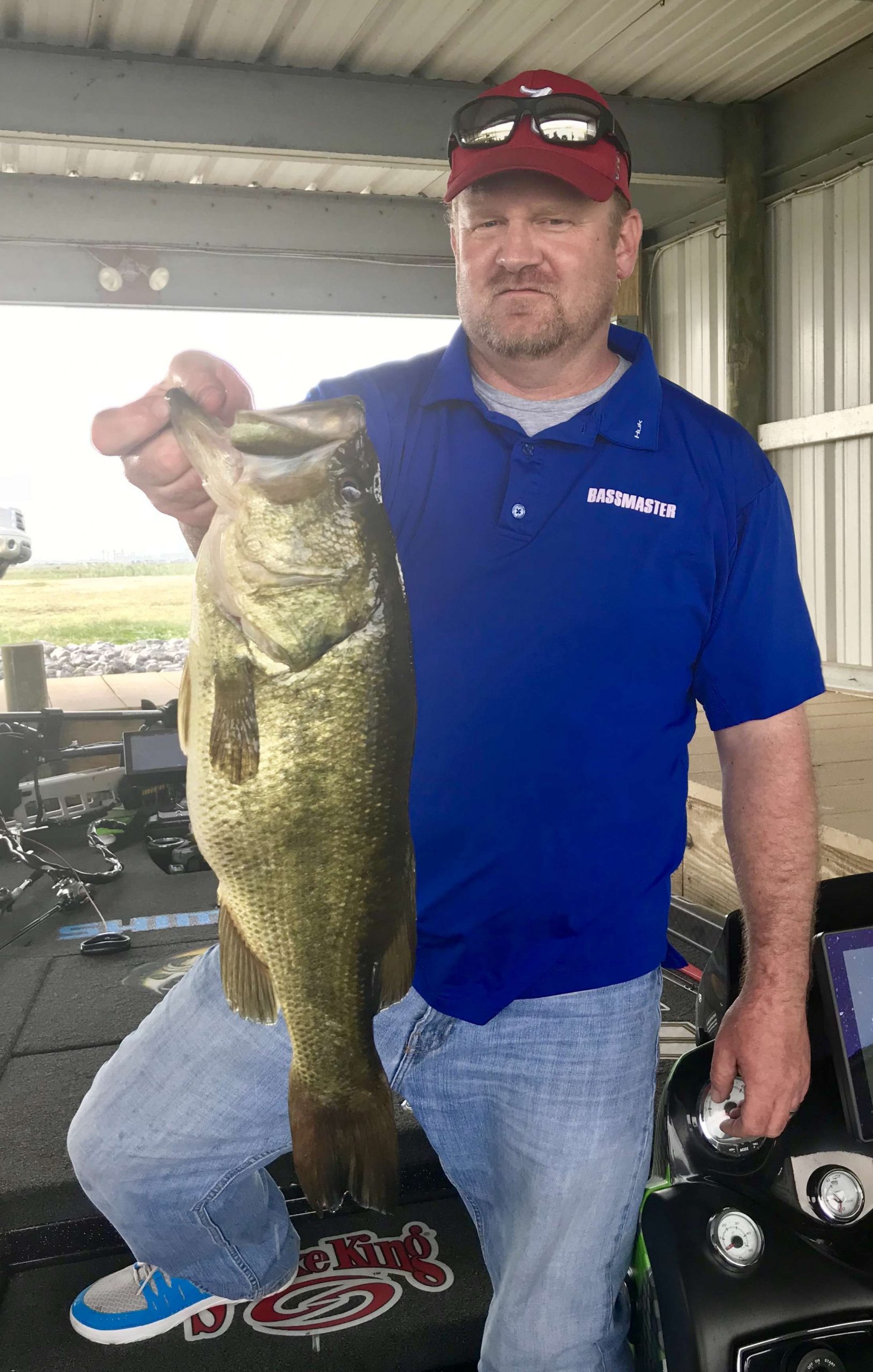
After Scott Martin’s record-breaking victory in the St. Croix Bassmaster Open at Lake Okeechobee presented by SEVIIN, I called to chat with him for a few minutes about the impending crisis at Okeechobee.
While things may look like they’ve never been better on the famous 145,000-acre Florida fishery — Martin caught 90 pounds, 6 ounces in three days — there’s actually a storm brewing that could take Okeechobee to a dark place. Due to a number of matters converging, the lake is being held far above historic water levels, and because of that, much of its vegetation is disappearing.
In talking about the problem and how he might fix it, one suggestion Martin made was actually planting some hydrilla. At that point, I thought about stopping the interview — or at least changing the subject.
With hydrilla being a historic dirty word among those who manage fisheries, I thought no one at an official level would ever agree with Martin that the invasive aquatic weed species might actually be considered a “good thing.” Plus, I figured B.A.S.S. Conservation Director Gene Gilliland — a guy I always consult for fisheries management pieces — wouldn’t feel too good about the suggestion that hydrilla should be added anywhere coming from a Bassmaster Elite Series pro.
I was wrong on both counts.
While many states do still consider hydrilla a devil weed with an eradicate-at-all-cost label, others have actually softened their language regarding the plant — something I would have said just a decade ago could never happen.
“Several state conservation agencies have statements on their websites recognizing that hydrilla does provide good, critical habitat for fisheries,” Gilliland said. “Florida, which is obviously home to Lake Okeechobee, has that kind of statement somewhere on their website.
“That’s a fairly recent take on a weed that used to be considered Public Enemy No. 1 everywhere.”
The change, Gilliland said, has come from years of observation. As more situations develop where hydrilla proves to be a good thing, more agencies come around to the idea that it can be managed instead of eradicated.
“Depending on the depth of the lake and the water clarity and the nutrient loading, there are places where hydrilla has gotten in and turned out not to be a problem,” Gilliland said. “In fact, it turns out to be beneficial from a fish habitat standpoint.
“Several of the agencies have recognized that publicly. But they’re doing that with the caveat that they don’t want the stuff to spread to other places where it won’t be beneficial.”
That means two things.
First, if you and your buddy are thinking of traveling to a lake where hydrilla exists, loading your livewells down with it and taking it to a lake devoid of hydrilla, you should think again. You can be fined by the federal government.
Next, Martin’s suggestions that it be added to Lake Okeechobee might still be a ways off. Because even states that don’t take the “shoot-on-sight” stance with hydrilla anymore haven’t come around to the idea of actually using it in their management plans.
But the fisheries world has taken a step on hydrilla — and it’s a major step in the right direction.





